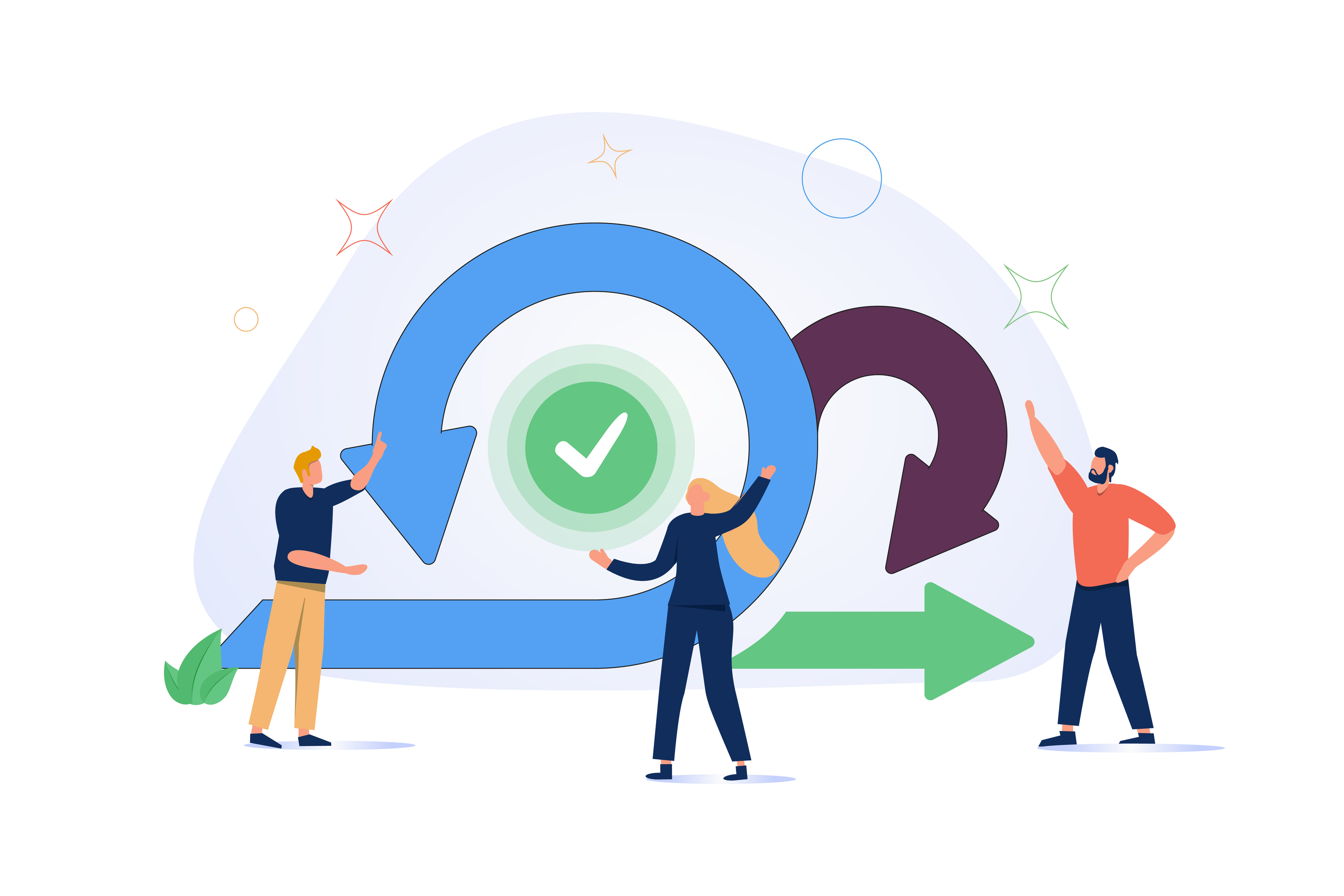Although many people have traditionally considered knowledge management and process mining as separate entities, some now recognize that the two have a synergistic relationship that enhances how organizations operate. What should professionals know when exploring these two topics and potentially combining them?
Evaluating Knowledge Utilization and Sharing Within Organizations
People who understand the intersection of process mining and knowledge management can leverage their backgrounds to assess how individuals utilize and share their insights with colleagues. This exercise helps them find gaps and determine whether to address them with measures such as additional training.
When executives are aware of their workforce’s knowledge, they also have more flexibility to move people to other departments or invest in their personal development after learning about untapped talent or skills.
Process mining centers on recognizing, monitoring and improving current workflows. The more people know about how things get done, the easier it is to make meaningful enhancements that boost productivity and achieve other meaningful outcomes. Many companies have done so by utilizing technology, such as robotic process automation (RPA).
Experts predict that the RPA market will exceed $13 billion by 2040. One reason for this anticipated growth is that people using this technology can automate repetitive processes, allowing workers to focus more on value-added tasks. Process mining can reveal the best tasks to automate, while knowledge management facilitates smooth tech adoption by identifying the individuals best equipped to guide it.
Combining knowledge utilization and process mining also highlights opportunities for individuals to share their expertise beyond offering occasional tips during conversations with colleagues. Some organizations face a complicated problem once leaders realize that too few individuals possess the knowledge to run a department, interact with a specific application or oversee a particular process. If that happens, prolonged absences caused by illnesses, vacations, pregnancy and other matters can seem catastrophic due to the lack of preparedness they highlight.
Making the Right Knowledge Available at the Right Time
Although temporary absences pose challenges, planned retirements can be even more disruptive if decision-makers do not plan for them to prevent unwanted outcomes. For example, 2024 statistics showed 289,000 food manufacturing workers in the United States were between the ages of 55 and 64. Because many of them work in highly efficient plants filled with specialized machinery and processes, now is the time for executives to start planning how they will handle the departure of those employees due to retirement.
Structured mentorship and apprenticeship programs are ideal for pairing seasoned professionals with newer workers. Those arrangements create a mutually beneficial relationship because veteran workers can share their knowledge, while those newer to their careers also have skills to share. Several likely relate to technology, especially since many younger generations grew up around more devices and consider themselves digital natives.
Process mining can reveal which skills newer workers need most before the retirees depart, while knowledge management shows which departments or teams urgently need dedicated programs to facilitate knowledge transfers. That is especially valuable in tightly regulated industries, such as banking. Many financial institutions have cash management services for businesses. Those entities offer numerous security tools and account features to provide visibility and control over users’ accounts. Process mining enables bank representatives to skillfully engage with new and existing customers, regardless of their business or industry.
Integrating Process Mining and Knowledge Management Initiatives
Decision-makers interested in blending process mining and knowledge management should first explore the use of tailored technologies to achieve their goals. Data analysis is highly valuable for tracking trends and setting key performance indicators to monitor over time. Such tools can also highlight the return on investment for programs like educational or mentorship initiatives. Some leaders also bring AI into their workflows when prioritizing these two areas. They can then achieve process intelligence, which shapes their knowledge management goals.
Collaboration and a continuous focus on improvement are also essential for optimizing process efficiency and knowledge utilization across organizations of all sizes and types. Listening to ongoing feedback from employees and other stakeholders will help leaders understand what is working well and which areas need particular attention for the best results.
Creating a program dedicated to how people acquire information after joining an organization facilitates knowledge management and process mining by establishing more consistency in training methods, topics covered in training, and the mechanisms used to encourage employees' confidence as they learn about new machines, platforms or workflows.
Bringing Process Mining and Knowledge Management Together
All successful changes require time and dedication. Individuals who have traditionally viewed process mining and knowledge management as separate domains should be patient with themselves when integrating the two. Real-life examples show how and why doing so pays off. Individuals can also motivate themselves by setting specific goals to achieve. Making them challenging but achievable facilitates progress.
________________________________





.png)
.png)
.png)
.png)